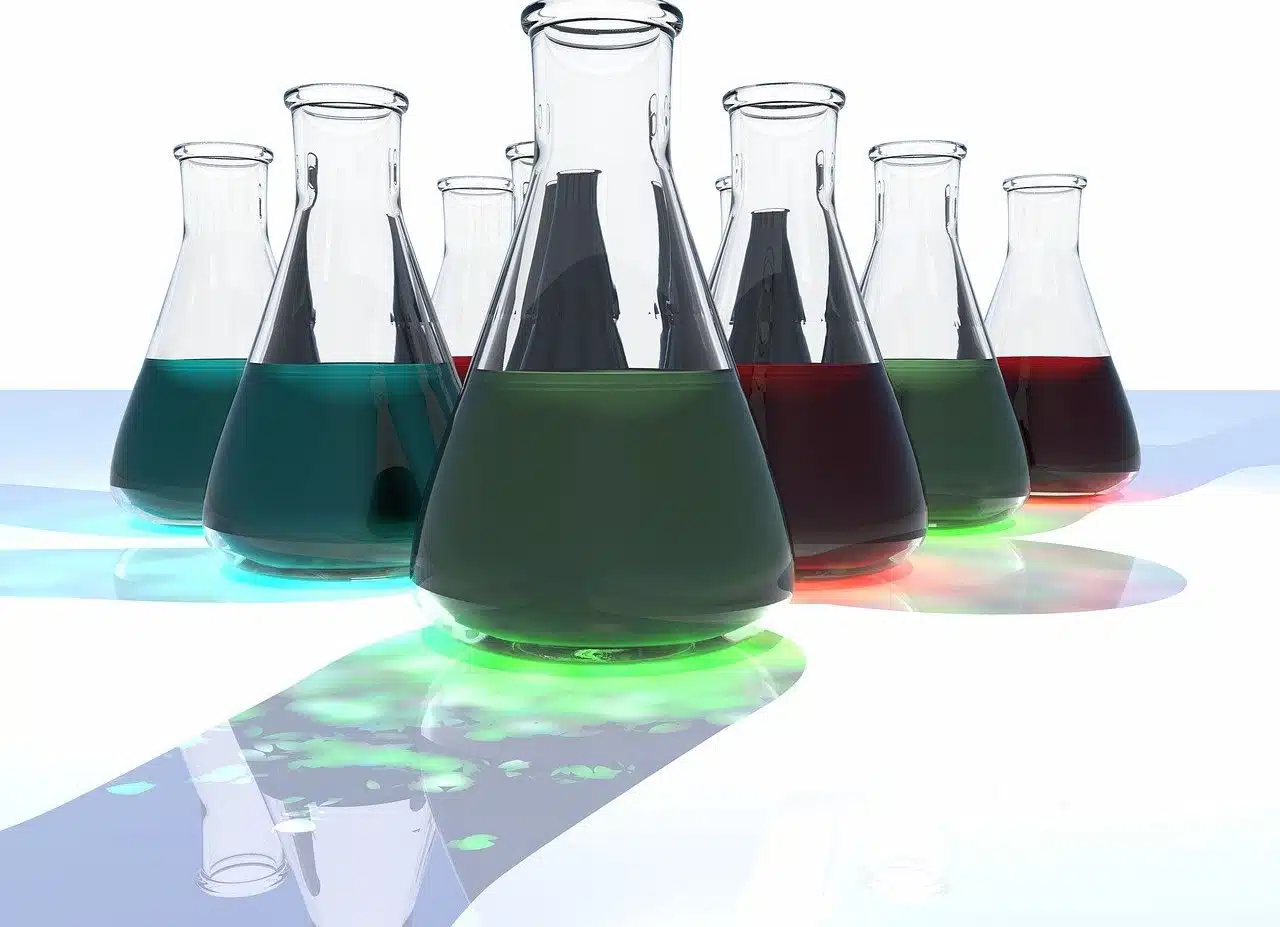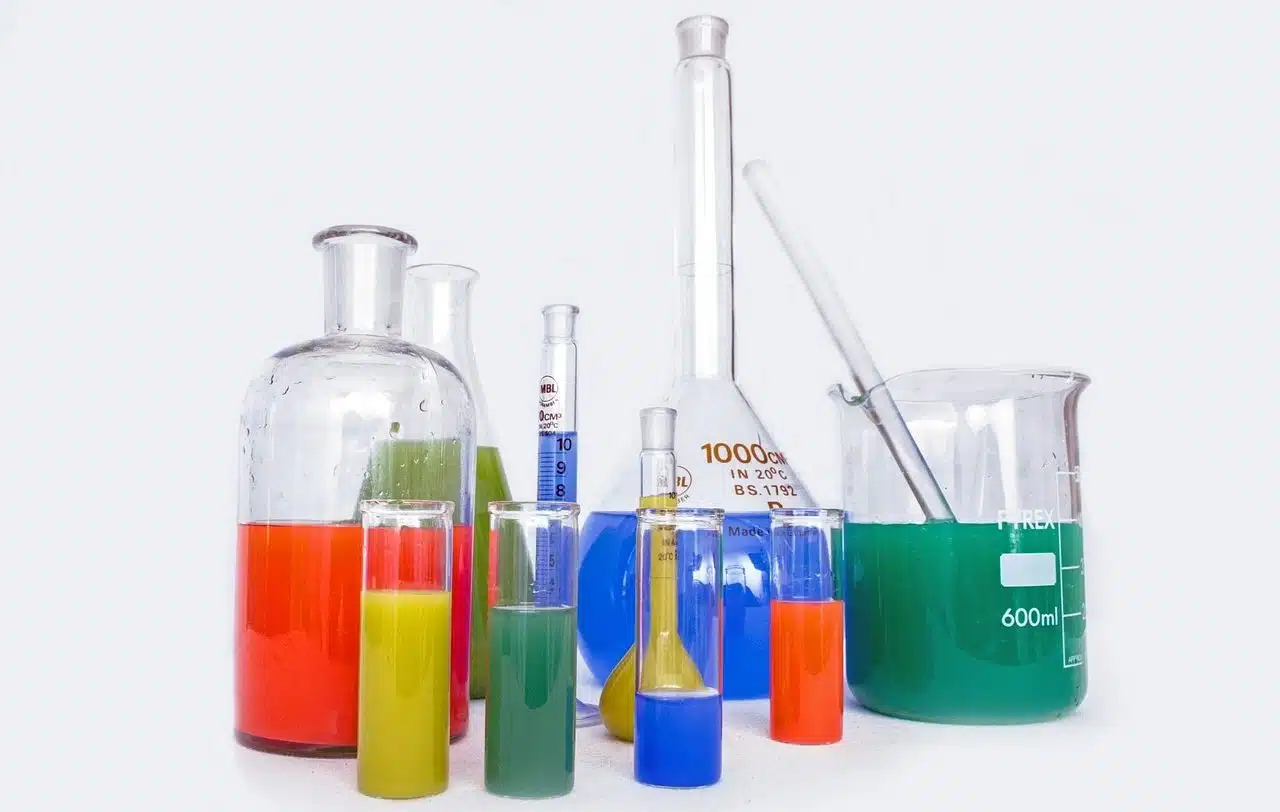
The experimental determination of equilibrium constants can be carried out through different methods.
The equilibrium constant is the expression of the relationship between the concentrations of the reactants and products in a chemical reaction when these levels do not change over time . In these cases, the chemical reaction reaches a state of equilibrium under certain conditions of temperature and pressure, whereupon it no longer progresses.
Before moving forward, it is important to indicate that chemical equilibrium is achieved when the concentrations of the reactants and products do not undergo a net modification. It is usually said that this is established when the evolution of a reversible reaction occurs forward in the same proportion as its corresponding reverse reaction.
In this framework, the equilibrium constant is equivalent to the value of the reaction quotient of the mixture that is in chemical equilibrium. The idea of reaction quotient, in turn, refers to the relative proportion of reactants and products at a specific time.
About the equilibrium constant
To understand what the equilibrium constant is, you must first be clear about several concepts specific to the field of chemistry . You should know, first of all, that a mixture is a grouping of two or more substances that do not combine at a chemical level.
A chemical reaction is the thermodynamic process that leads one or more elements to develop a transformation that modifies its molecular structure and its bonds, giving rise to a product. The substance that, when added to a mixture, generates a chemical reaction, is called a reagent .
In summary, when reactants (also called reactants ) are combined with other substances generating a chemical reaction, products are obtained. The way in which this process takes place depends on different factors that affect the balance , such as temperature and pressure .
When the state is reached in which the molar concentrations of the reactants and products no longer undergo a net change while the reaction continues, the relationship between these concentrations reveals the equilibrium constant. In that state, a reversible chemical reaction stops evolving because the forward reaction is proportional to the reverse reaction.

It is important to consider the influence of temperature on chemical equilibrium.
The expression
In a generic expression, equilibrium constancy is symbolized by the letter K. The equation must indicate, in the numerator, the multiplication of the concentrations of the products, while the denominator includes the multiplication of the concentrations of the reactants.
It is important to clarify that the terms must be raised to the power equivalent to the stoichiometric coefficient of the equation. The idea of stoichiometry , in turn, refers to the calculation of the quantitative links that are forged between the reactants and the products during the development of the chemical reaction.
Values of the equilibrium constant
Useful conclusions can be drawn from the analysis of the values of an equilibrium constant. When this value is high, it reveals that the degree of conversion of reactants to products is also high.
On the other hand, when the equilibrium constant shows a reduced value, the degree of conversion of reactants to products is limited.
What a high value of the equilibrium constant implies is that a large part of the reactants, within the framework of the chemical reaction, are converted into products. On the other hand, a small value of the equilibrium constant reflects that a minimum amount of the reactants is transformed into products.
It should be noted that, with certain reaction conditions, it is noted that the equilibrium constant demonstrates independence with respect to the initial concentration of the reactants and products. Thus, it is possible to appeal to constant equilibrium values that are known to establish how the system is composed in equilibrium.

The equilibrium constant is equal to the link that can be established between the backward and forward reaction rate constant.
The reaction quotient
The relative proportion of the products and reactants in a mixture at a specific time is called the reaction quotient . The designation of this quotient is done with the letter Q.
The equilibrium constant and the reaction quotient coincide at one point. The particularity of the reaction quotient is that its evaluation can be carried out independently of the value of the concentrations of the products and reactants and at any stage of the chemical reaction. This means that the reaction quotient can be calculated even if the equilibrium state has not been reached.
It must be taken into account that chemical reactions always have a tendency towards a state of equilibrium , which as we already mentioned is achieved when the forward and reverse processes are carried out at the same speed. When these velocities finally become equal, equilibrium constancy is reached: in other words, this equilibrium is equivalent to the concentrations of the products and reactants remaining constant .
We cannot help but consider that, in this equilibrium, the reaction continues to develop (it does not stop). For this reason, chemical equilibrium is also known as dynamic equilibrium .
